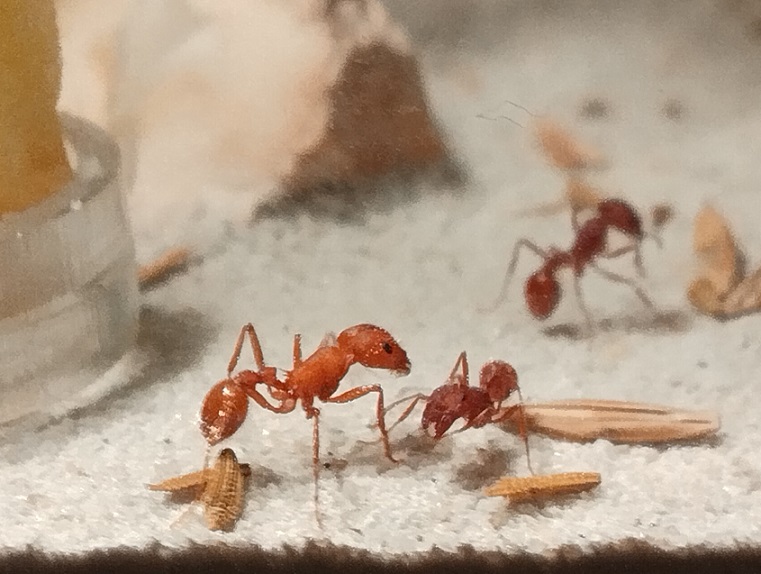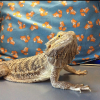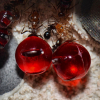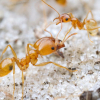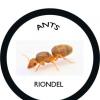OK mystery ant is still mysterious. I just been over all enthralled by the colony, so it took me a while to look more closely at Meg here. She was the mega ant so being the only uniquely identifiable one she got a name.
I had posted a better image of her in my journal that i took on arrival day.
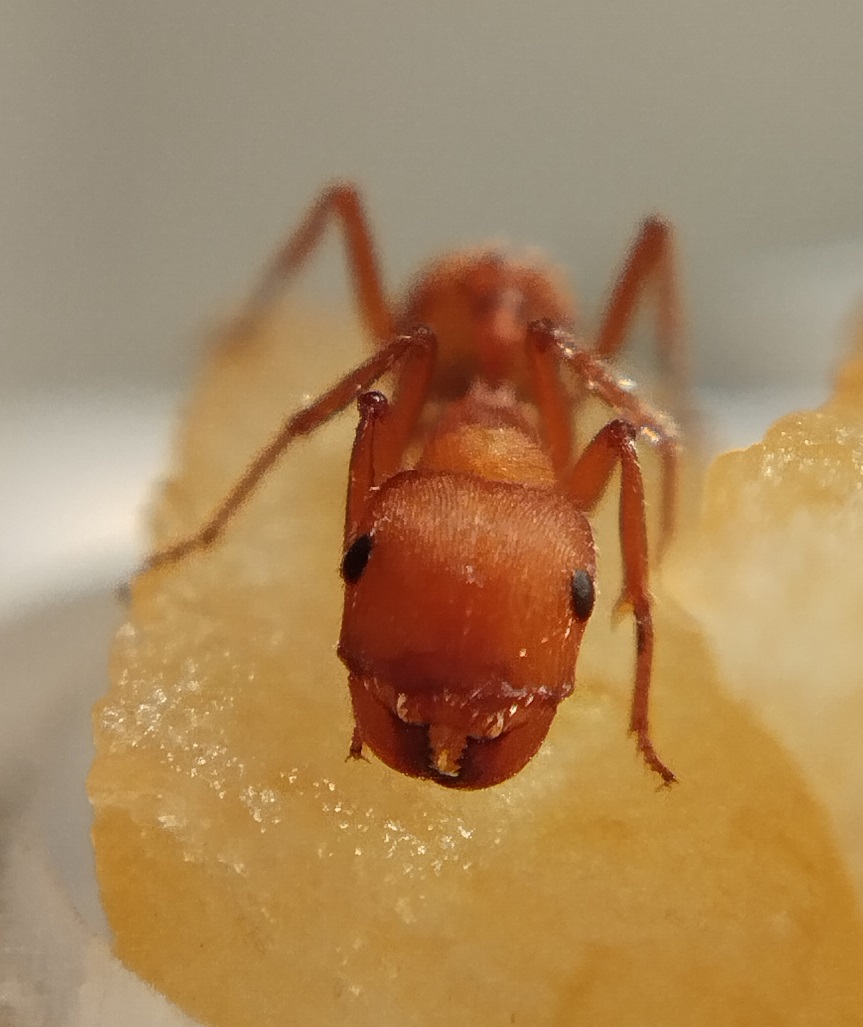
And another one i took just now:
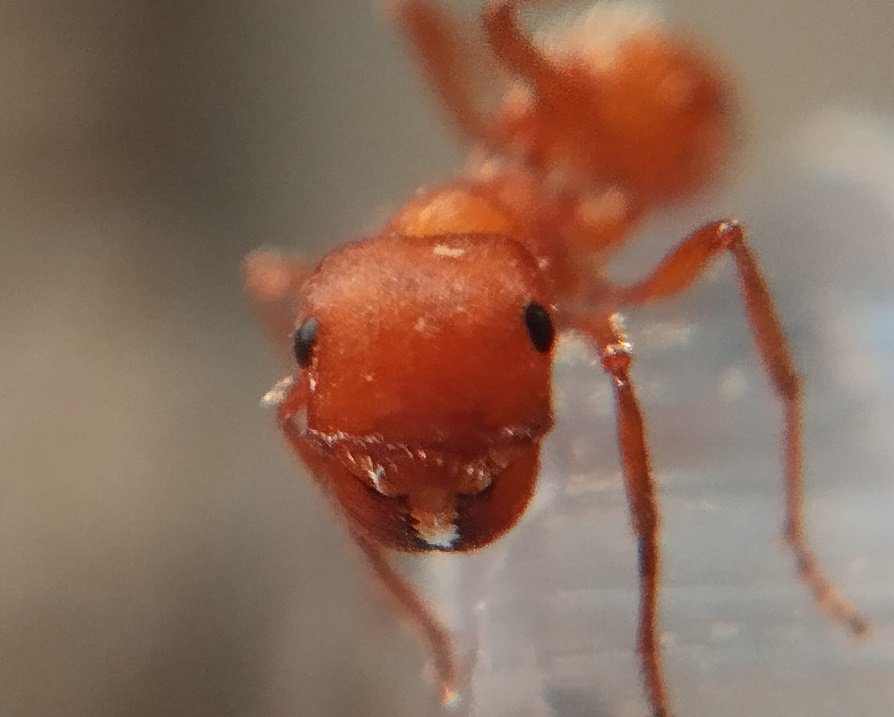
Total noob here but i'm not sure she is Pogonomyrmex Occidentalis(image from ant wiki below).

not seeing the offset jaw, nor any hump/scar area where the antennae would once have been. As well her size and color is part of how she is so easy to spot instantly where ever she is.
I figured out that likely the lack of her antennae explains a lot of her odd behavior relative to the rest of the colony.
Though the other day when i dumped some black chia seeds in she went total work horse on hauling them back to the nest.
What's up wiht this one ant? Is she Pogonomyrmex Occidentalis for sure just without her antennae is kind of out of the normal colony loop? Did she hitch a ride from a different colony somehow? If so what type of ant is she and how has the colony adopted her?
Edited by Full_Frontal_Yeti, February 2 2023 - 4:04 PM.




